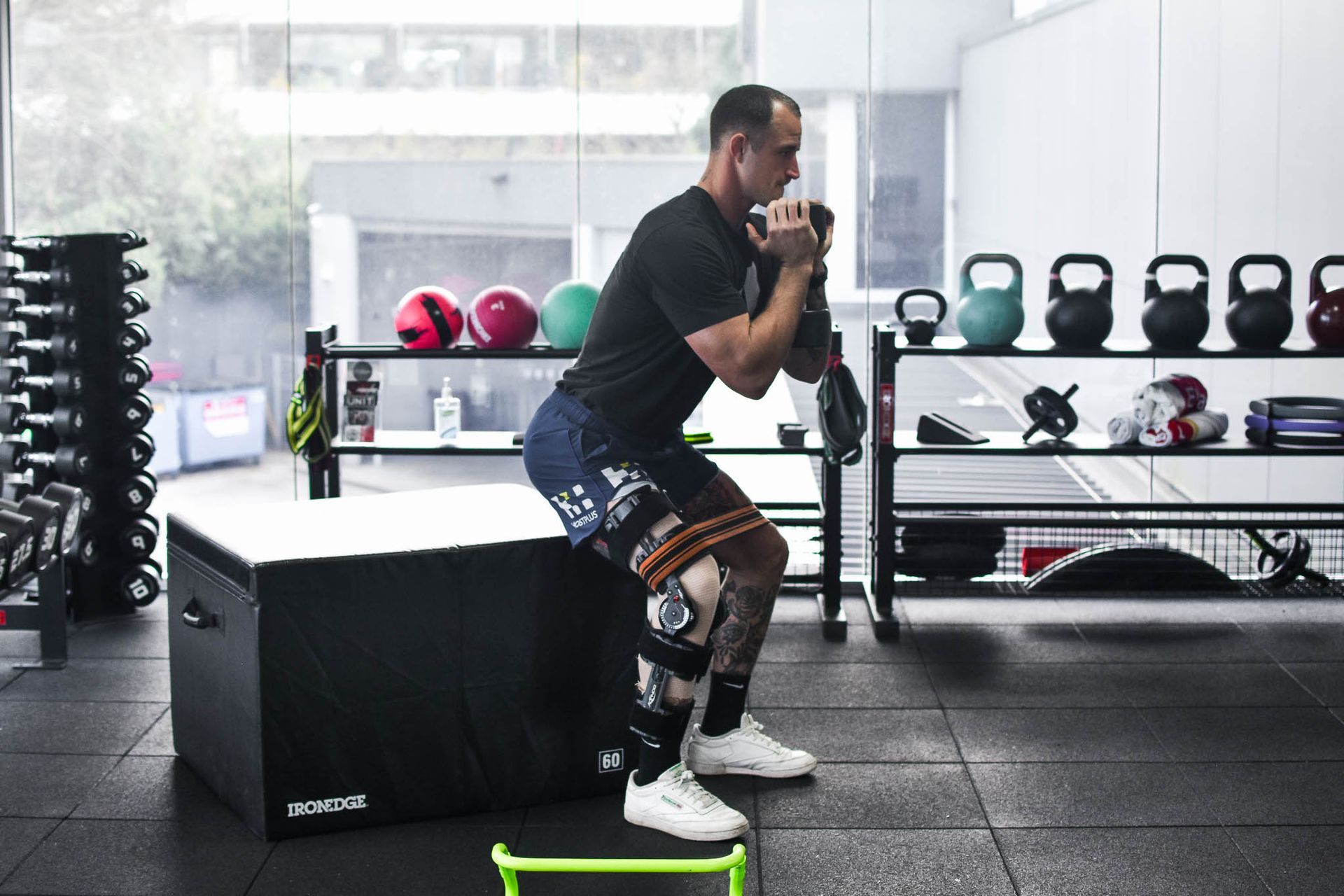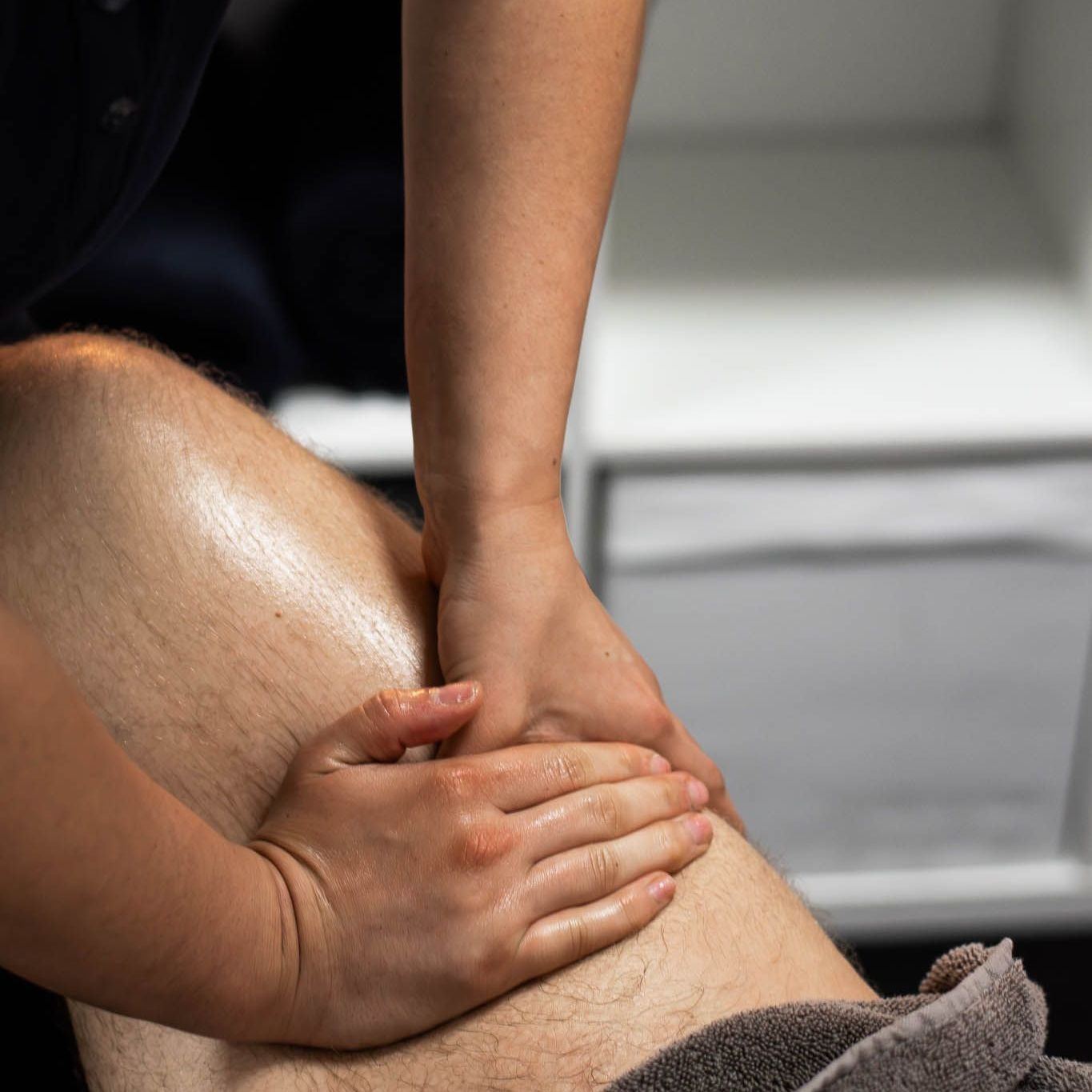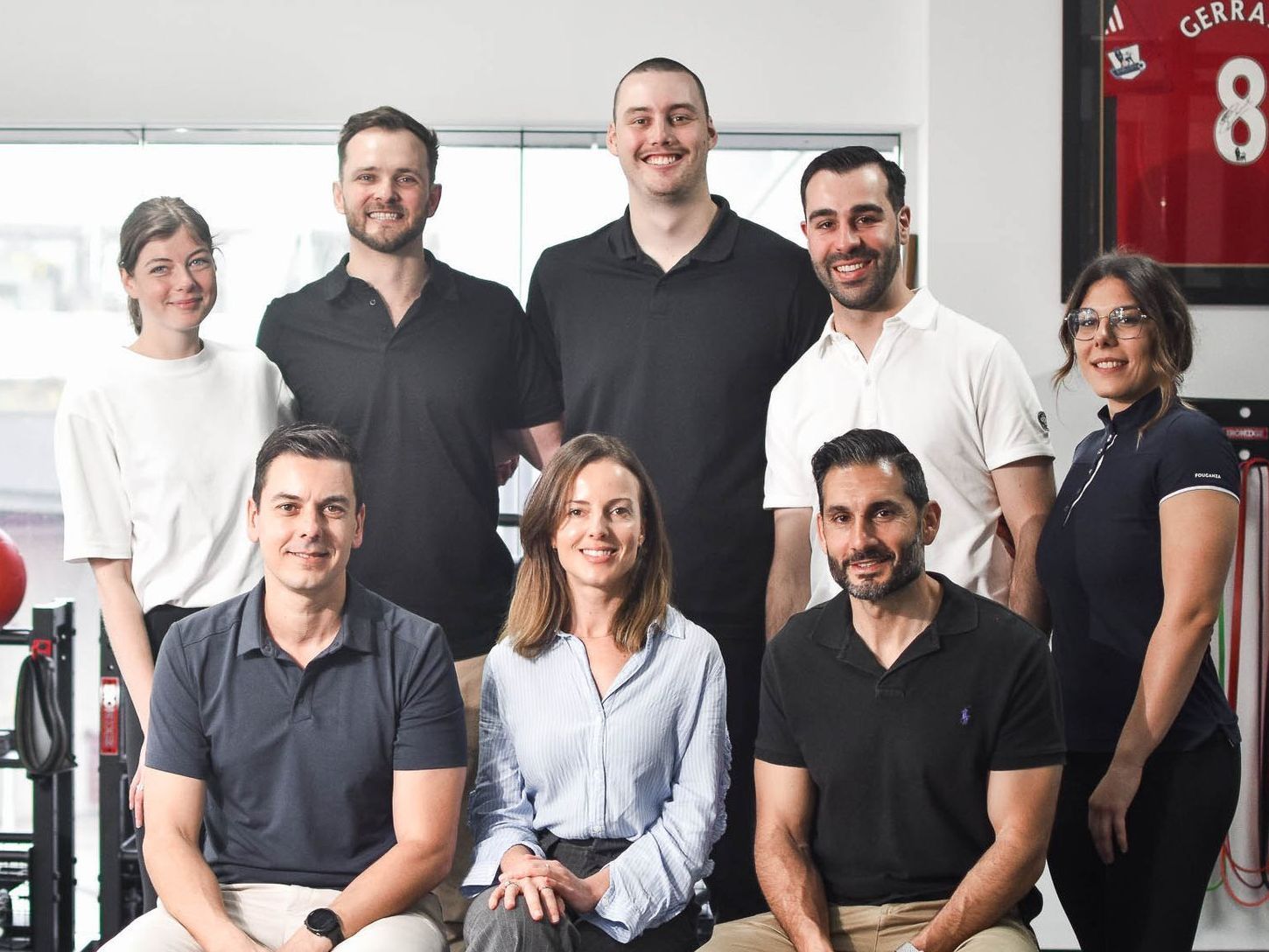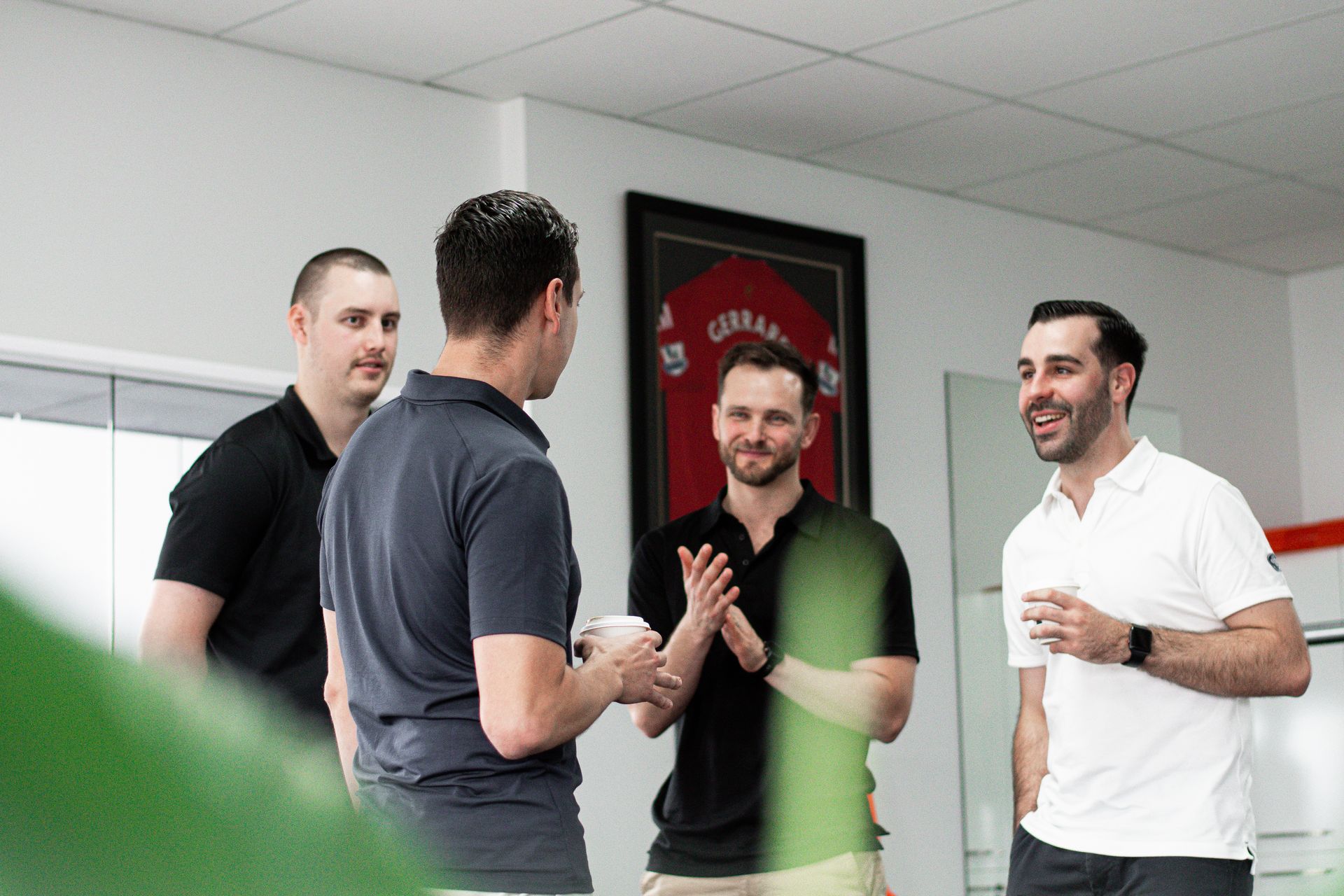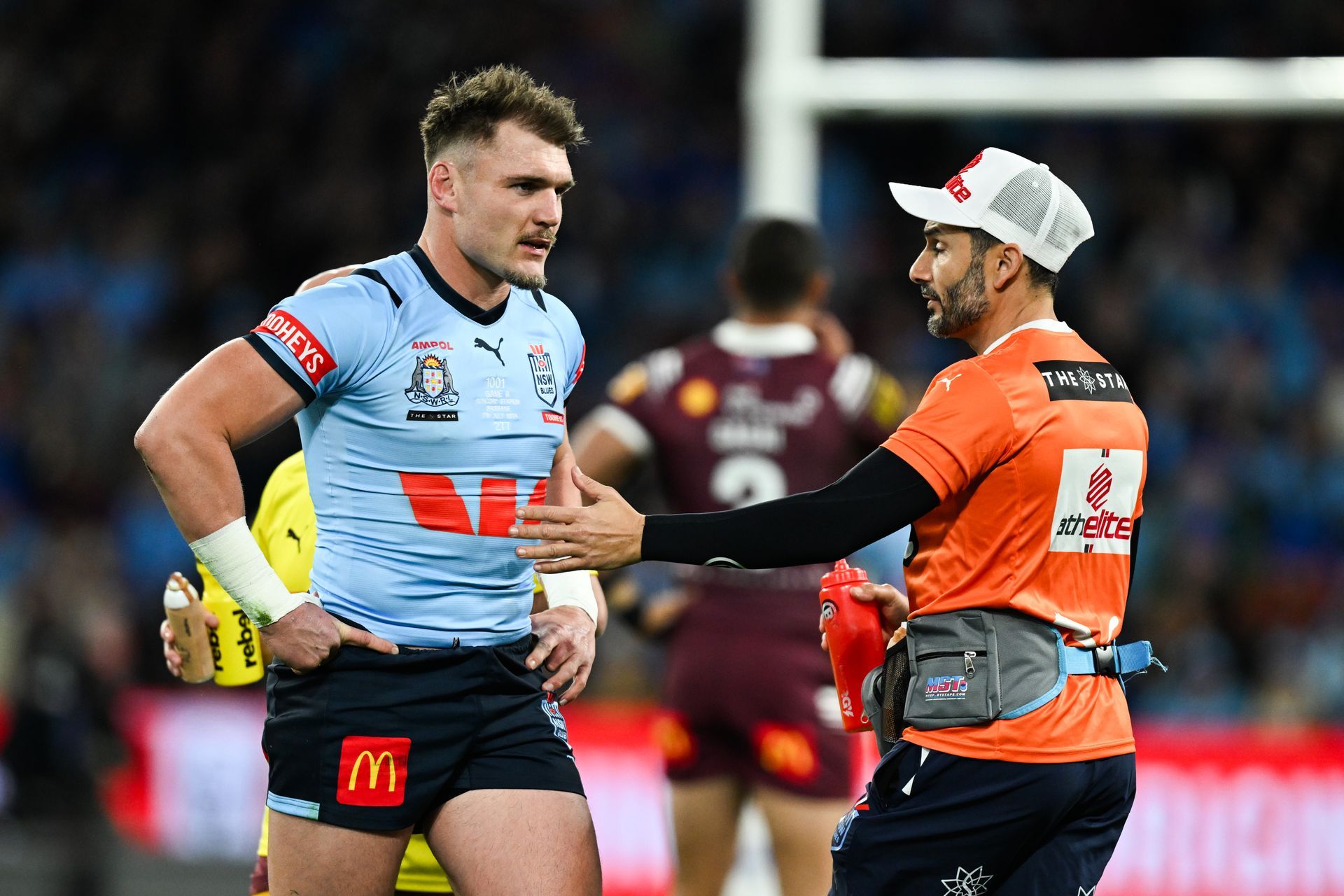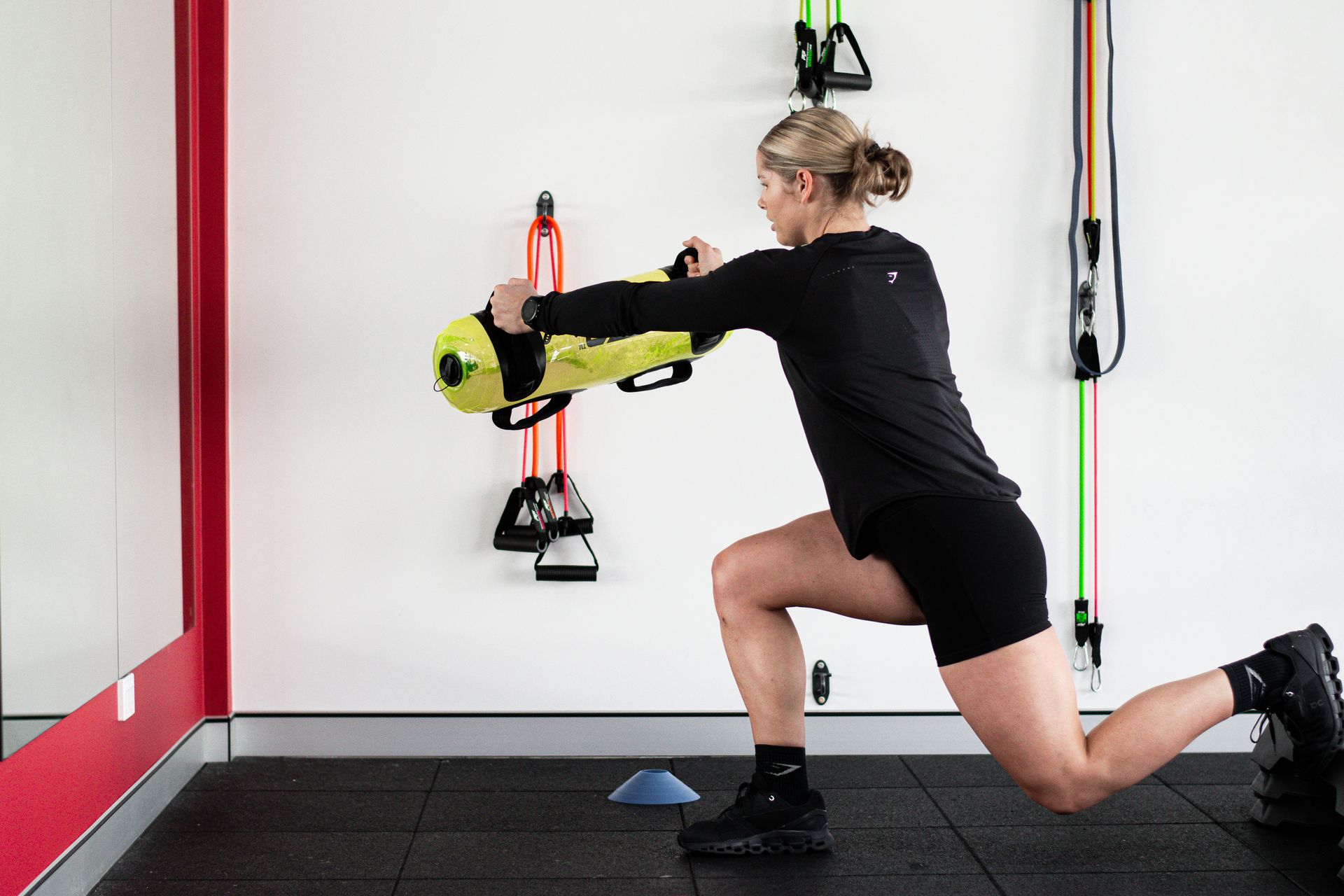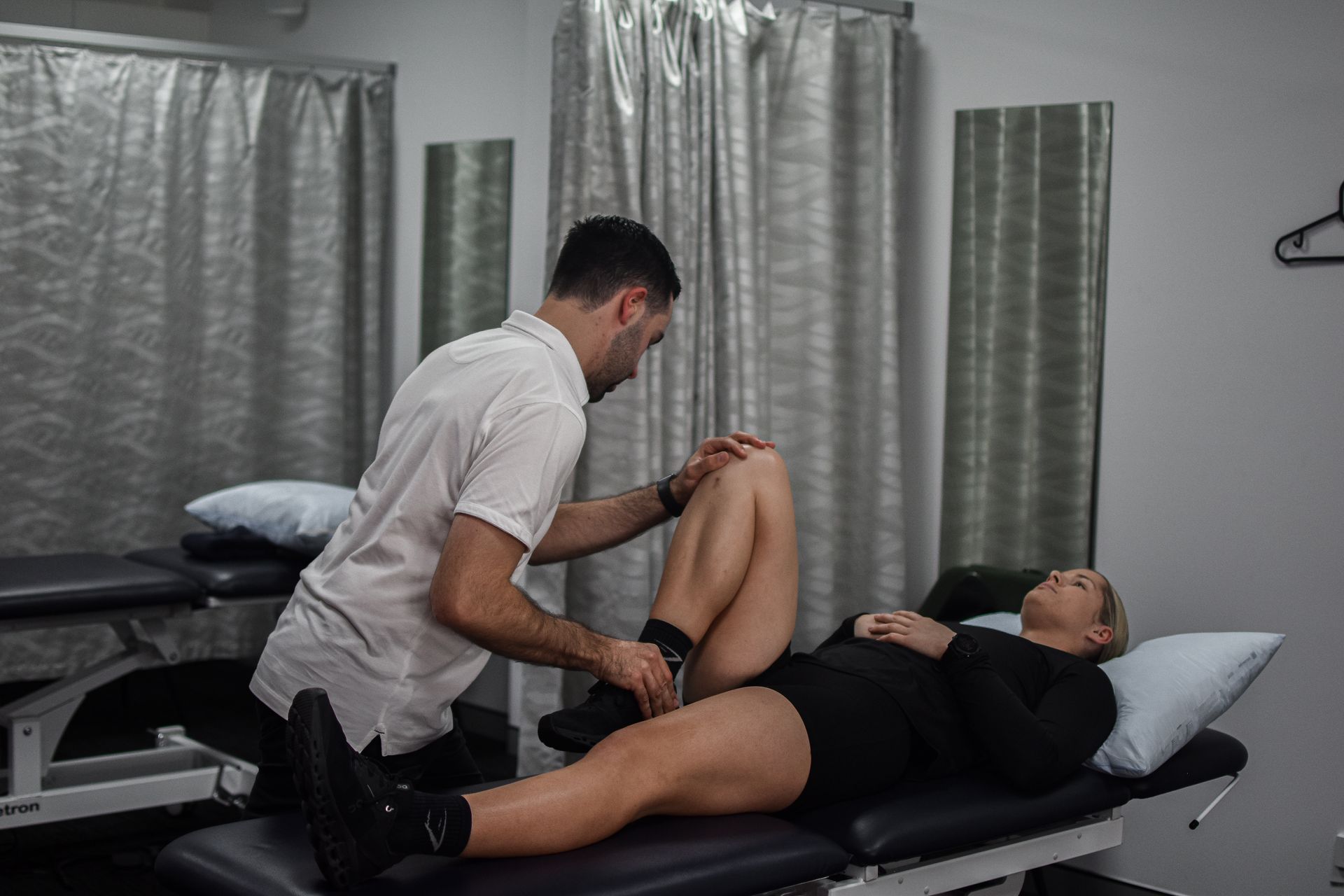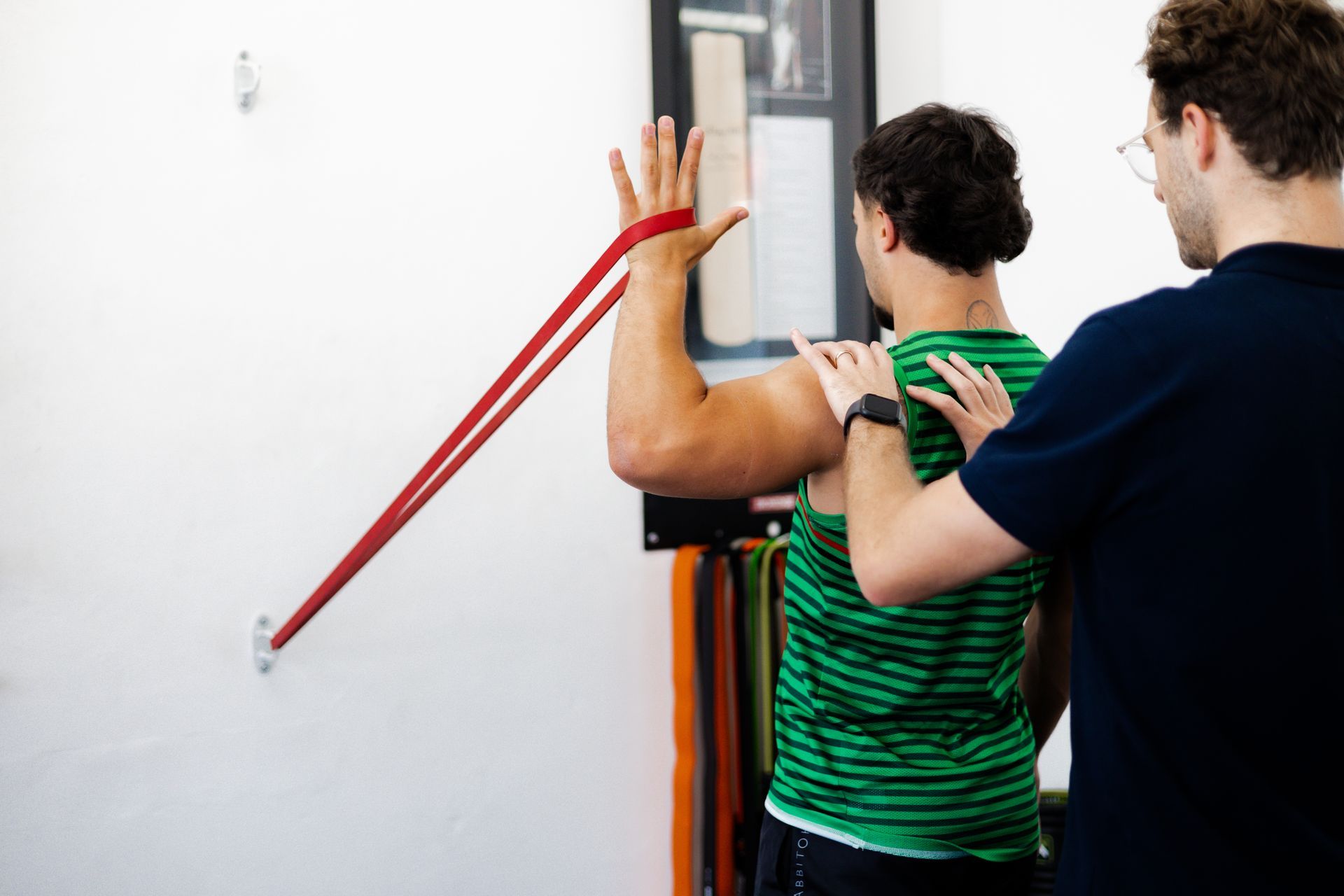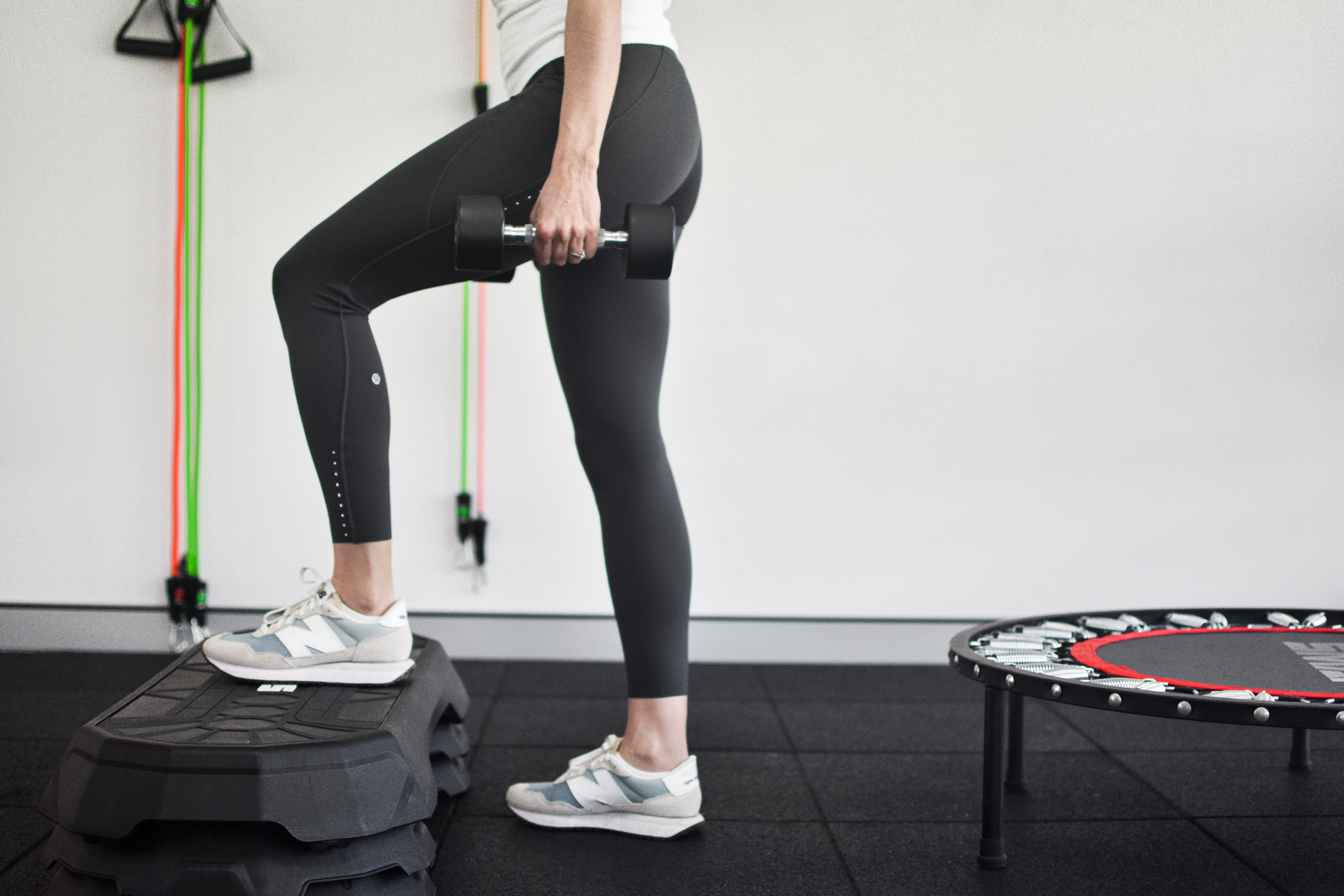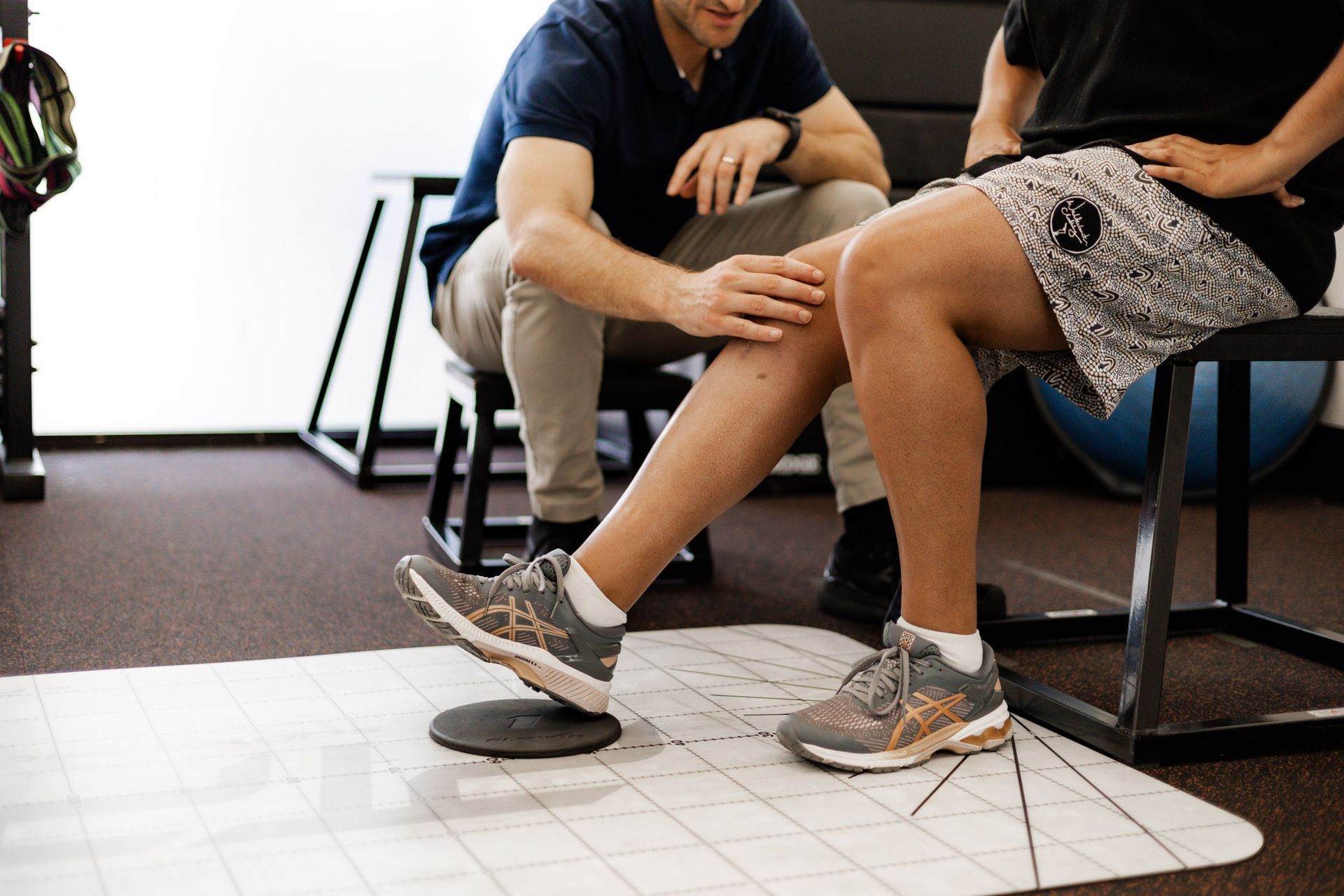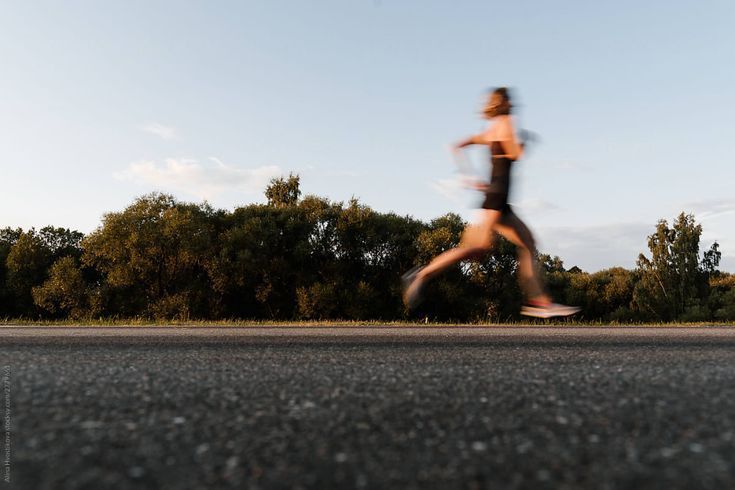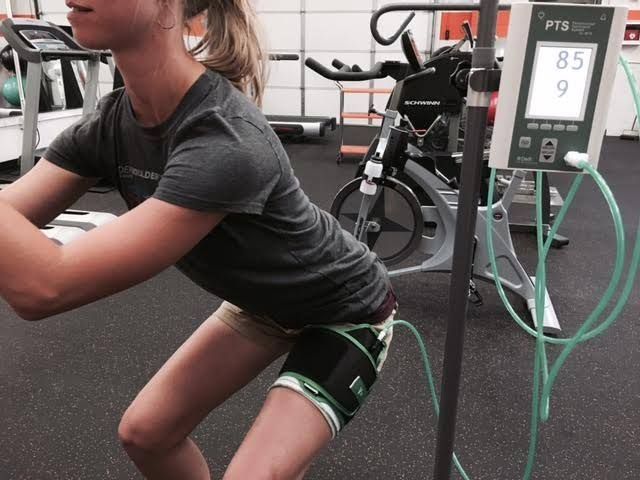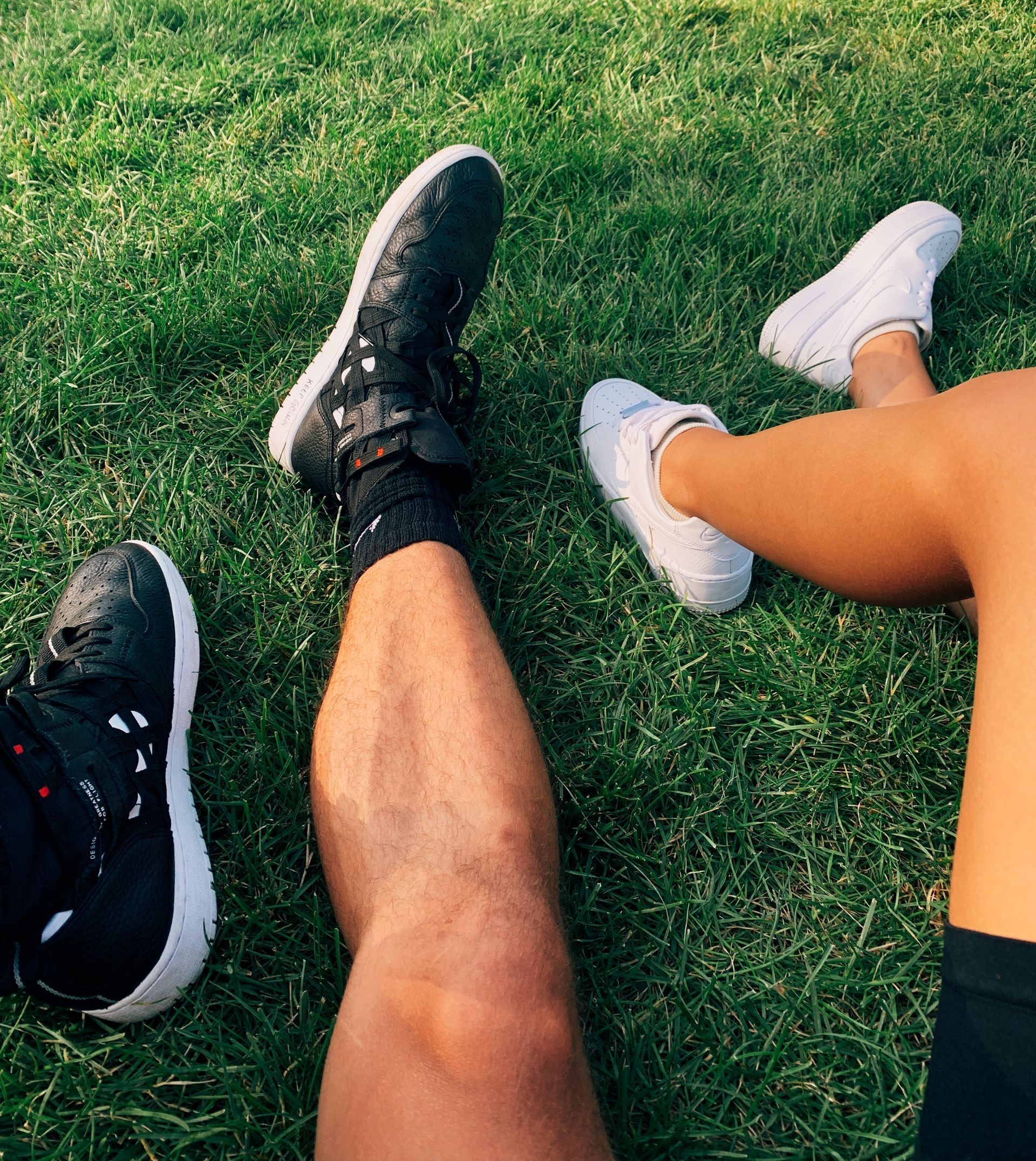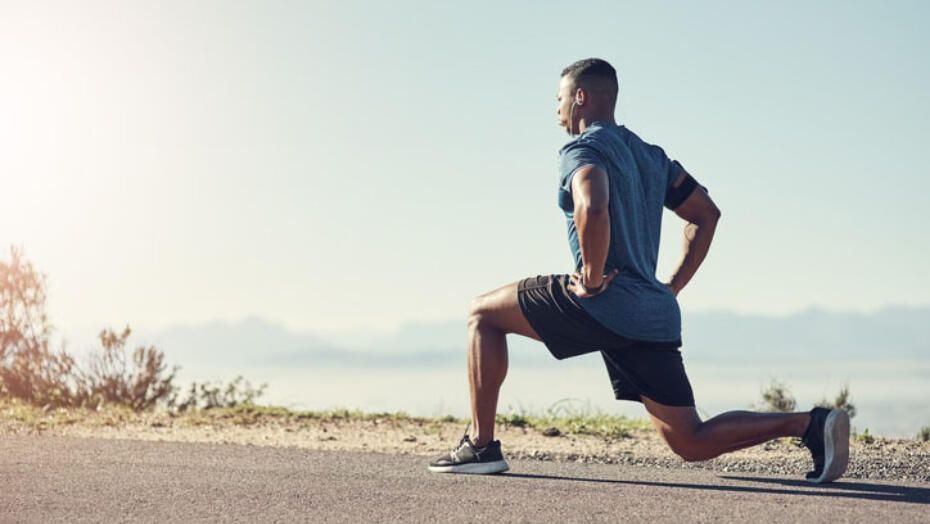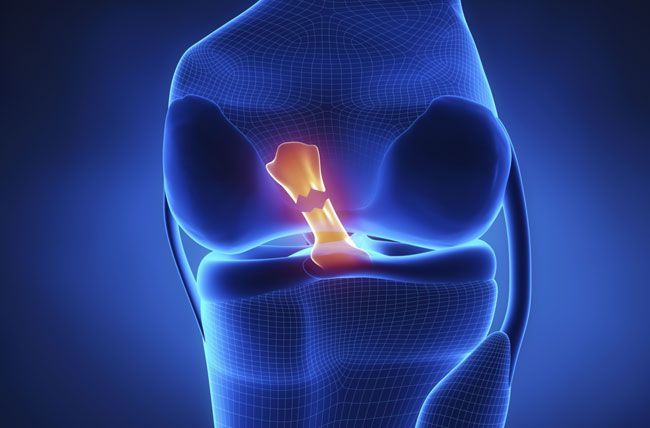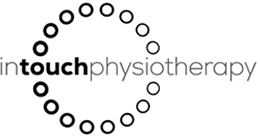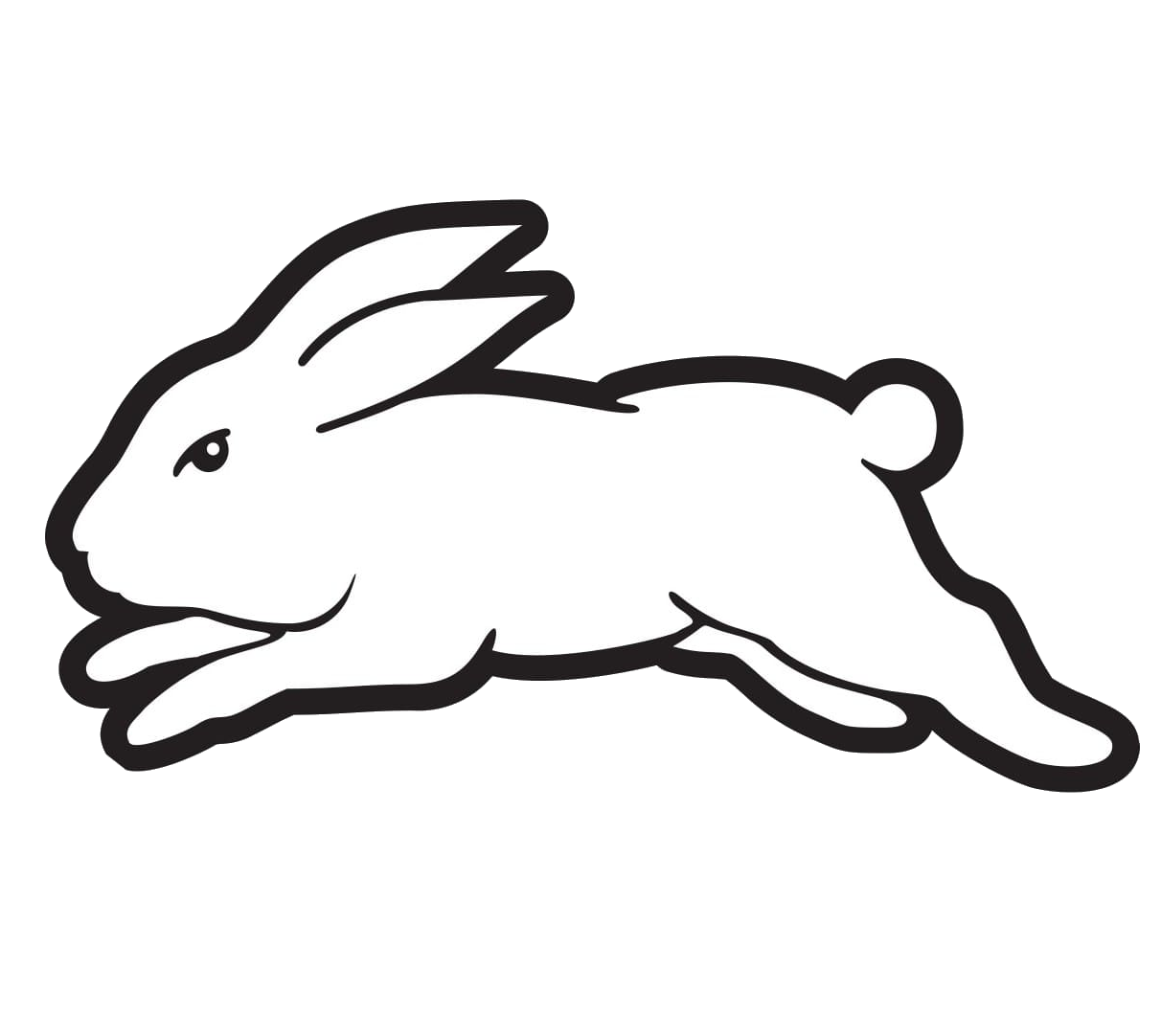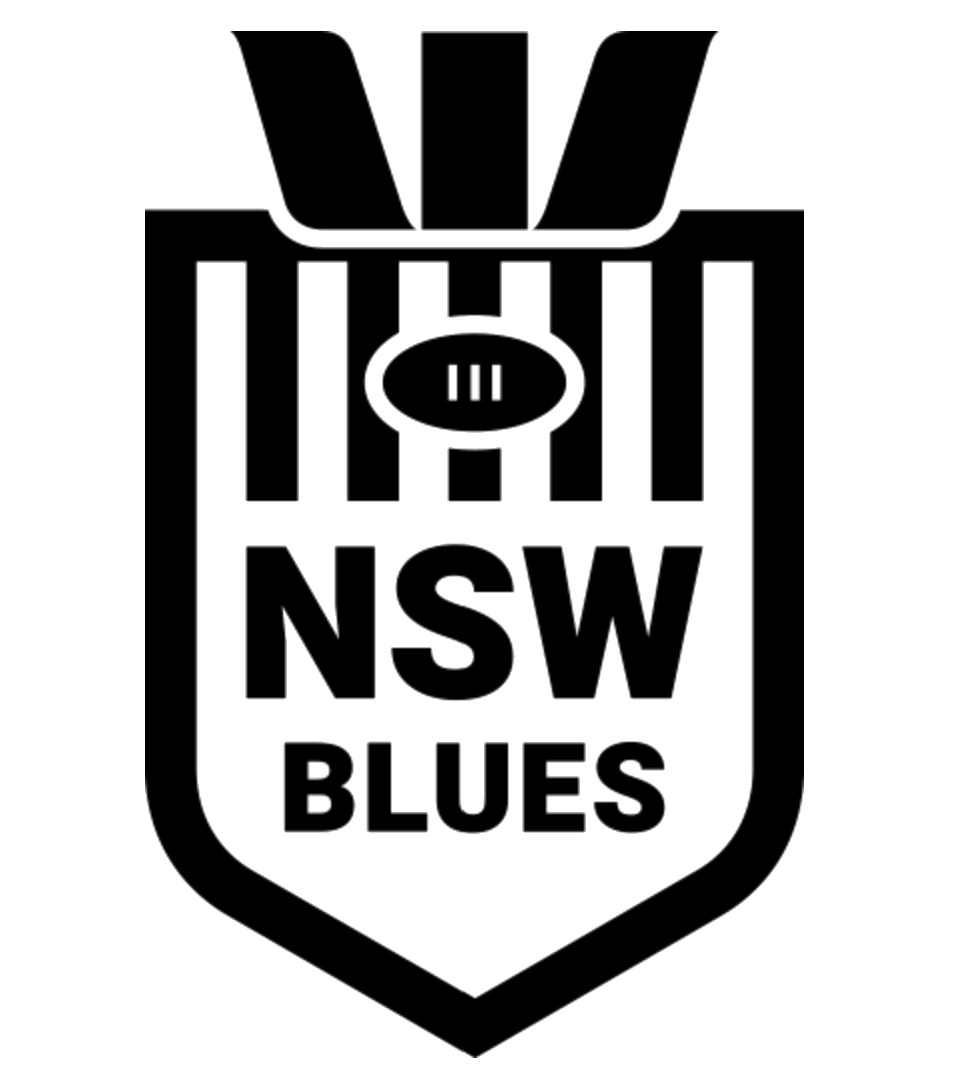What is Causing My Groin Pain?
Groin pain.
The hip adductors, commonly referred to as your Groin muscles, are a group of muscles which lie on the inside of your femur (leg bone) and move your leg inwards across your body. They originate from your pubic bone then migrate along the inside of your leg inserting at various point along your inner thigh and leg.
There can be numerous causes of groin pain from musculotendinous neurological and internal bony and cartilage structures in the pelvic region. This can make differentiating between diagnoses extremely difficult due to the overlapping nature of various pathologies. Groin pain pathologies can include adductor tendinopathies, osteitis pubis (pelvic overload syndrome), sports or inguinal hernia, iliopsoas bursitis, stress fracture, avulsion fracture, nerve compression, snapping hip syndrome, and others.
What is known however, is that adductor related pain or injuries are one of the most common cause of injury in team sports such as football, with one of the main risk factors being low strength levels of the associated musculature. Muscle synergy and balance around the pelvic region is also extremely important as evidenced by one study which found athletes were 17 times more likely to sustain an adductor muscle strain if their adductor strength was less than 80% of their abductor (gluteus medius, gluteus minimus, and tensor fasciae latae) strength.
TENDINOPATHY:
One of the common adductor pathologies that is prevalent in athletes and weekend warriors alike is adductor tendinopathy. As with any other tendinopathy, it is non-inflammatory damage to a muscle tendon resulting from a failure to adapt to loading – primarily due to a rapid increase in intensity, frequency or duration of training with insufficient time to recover. This leads to a reduction in the load bearing capacity of the tendon and result in pain and weakness with movements around the hip. Due to the diverse nature of intrinsic, extrinsic and environmental factors that can lead to a tendinopathy of the adductors, different treatment interventions are required that take into account the specific mechanisms of injury.
PHYSIOTHERAPY MANAGEMENT
With Adductor Tendinopathies, passive treatments such as stretching, massage, mobilisations and cryotherapy may alleviate symptoms in the short term, but they do little to rectify the problem or safeguard against further damage or degeneration. The focus of treatment should be on load management, strengthening and behaviour management. Recovery can vary greatly between individuals depending on the level or stage of degeneration in the tendon.
In recent years, glute exercises have been given all the attention when it comes to athletic development and rehabilitation. Little attention however is paid to the adductors beyond the old “stretch your groin” advice. Adductor strengthening is an essential component of athletic performance and developing single leg control/ stability. The added benefit of adductor exercises is injury prevention for the groin, especially when the sport involves sprinting, cutting or changing direction quickly. A Copenhagen Side Plank like the one below can help reduce the risk of groin strains.
The aim of rehabilitation should be to restore muscle and tendon properties. Strength training is proven to be beneficial to the tendon matrix structure, muscle properties and limb biomechanics. There is some disagreement on the most appropriate type of strength training in rehabilitation with respect to isometric, eccentric and isotonic loadings. Previously, evidence has suggested that an eccentric (loading whilst lengthening the muscle) based exercise programme is the most effective exercise for improving both pain and function in the tendon. More recently however, heavy isometrics (resisting load, but without movement) are showing to be more effective in the early stages of degeneration or in the acute injury stage. What is certain however, is that tailoring the type of exercise to the athlete’s specific sport and training load based on their relative pain tolerance is extremely effective in the rehabilitation of tendinopathies.
IMPORTANT POINTS TO NOTE:
Complete rest may alleviate symptoms but will not rectify the tendon issue. Relative rest in the form of load management is the most appropriate intervention with a guide of no more than 3/10 pain for activity which is achieved through altering speed, distance, intensity and frequency of training.
Strengthening abdominal core muscles is also recommended to support the adductors during activity as well as hip flexor exercises.
In acute cases, a return to a normal function can be within in a few weeks, but in more chronic cases, rehabilitation can take a number of months before returning to normal, pain free, activities.
To prevent the development of adductor tendinopathy, an athlete should ideally engage in a strength and conditioning programme to work on the factors mentioned, such as improving strength and coordination of the muscles, but allowing sufficient periods of recovery and adaptation in between training sessions, i.e. not too much training too soon.
When all else fails, and despite your best attempts to rehabilitate the injury, surgery may be the appropriate course of action if symptoms persist or deteriorate, and for those for those who are prone to recurrent tears. Keep your eye out for our upcoming blog on surgery and rehabilitation for chronic adductor tendinopathy.
